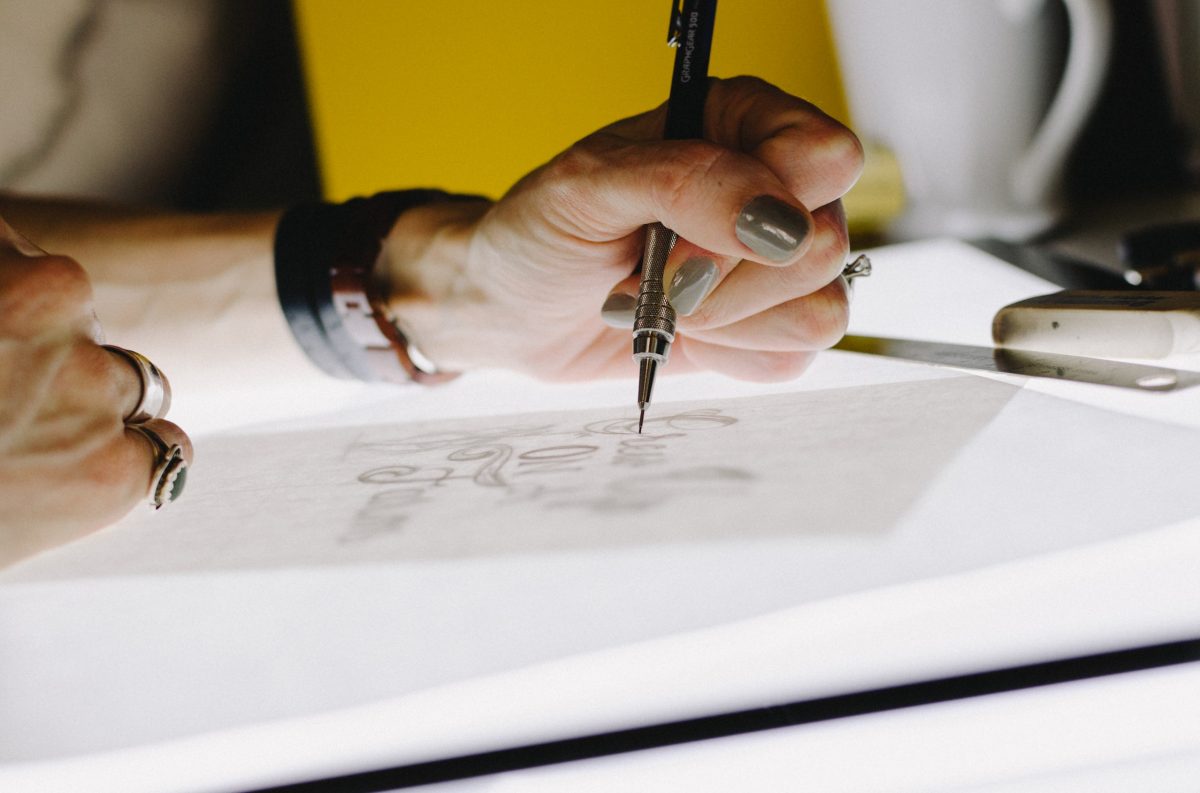Your logo is an integral part of your brand; it’s used to identify your business, and it’s often the first thing a customer sees.
There’s a lot to consider, so we’ve rounded up our top things to think about on how to design a logo.
1. For established businesses: do you really need a new logo?
If you’ve already got a logo for your business that customers are familiar with, ask yourself why you’re designing a brand new one.
There are ways that old logos can be refreshed to feel more modern, but there’s often no need to have a complete overhaul. After all, you’ve worked hard to create a recognisable brand that your customers trust. It’d be a shame to undo that hard work by changing your visual identity.
2. For new businesses: remember, your logo is not your branding.
There’s a lot more to branding than a logo, and your branding work shouldn’t stop as soon as you agree on a logo.
We’ve already spoken in-depth about this on our blog. However, in short, your logo is just one part of your brand. You need to consider your vision, missions, values and culture before you begin designing your logo.
Prioritise how you want to make people feel when they think of your brand, rather than merely what colours you’d like to use. Knowing and understanding what truly drives your business, helps inform your branding choices.
3. Define your target audience.
One crucial part of branding and logo design is defining your target audience as this reflects how your logo should look and feel.
Think about who your customers are and what they look for in a brand. There’s no harm in doing some customer research and maybe asking a few people who fit in your target audience what they think of your new logo/branding.
4. Keep it simple.
Don’t overcomplicate things. Some of the most iconic logos are the simple ones – think McDonald’s, Apple and Nike.
Simplicity is essential for several reasons. Firstly, minimal design is considered to look more modern, fresh and clean. Meanwhile, keeping it simple also helps it to be more memorable and versatile (which we’ll go into more detail below).
However, simple doesn’t have to mean boring. Apple’s logo is simple, but it isn’t directly stating what it sells. Similarly, BMW’s logo is not a car.
5. Make it versatile.
Versatility is a must, especially nowadays when your logo is likely to be seen in several different sizes and on a number of different mediums – print and on screen.
It has to translate well and be able to be blown up to billboard size, while still being recognisable as a small social media icon. This is also known as a responsive logo.
Many brands solve the latter problem by having a shorthand icon version of their logo. Something that is stripped back enough for it to look good a few pixels wide, but still distinctive enough to be recognised by online users.
You should also consider how good your logo looks when converted to black or white. Many occasions call for a monochrome version of your logo – in both print and online publications.
6. Is it timeless?
Ask yourself – how will your logo look in ten, twenty or even fifty years?
How long is its shelf life and will you be spending even more money and time on another rebrand in a few years?
Again, logos evolve, but the best ones – the ones that we all know and instantly recognise – are consistent through the years.
Could the same be said for your logo?
For more advice on logo design and branding, please speak with a member of our team right now.


